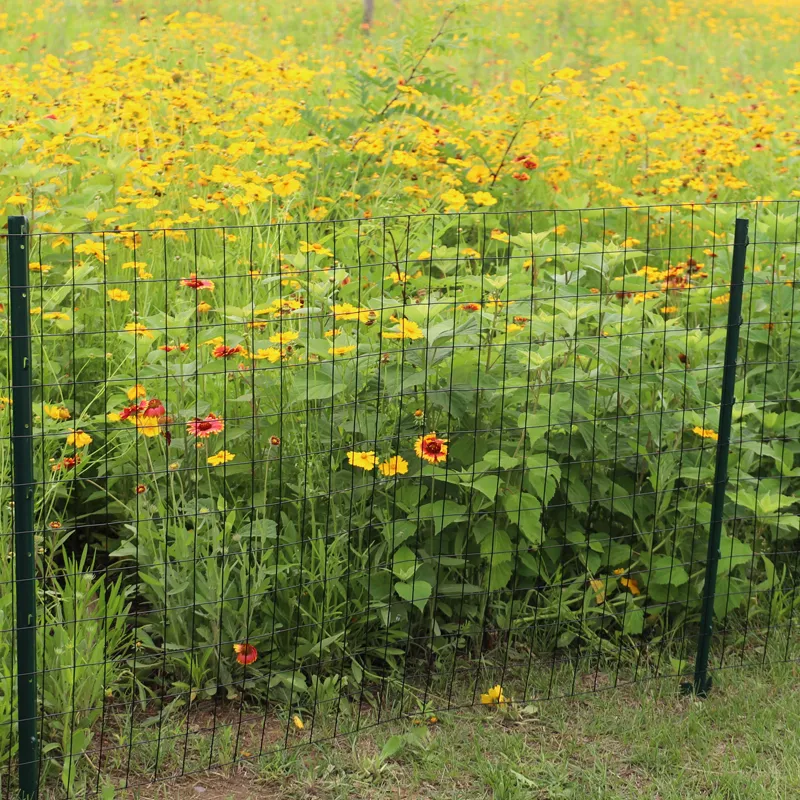Installing Fence Posts in Cold Climates
When it comes to setting fence posts in cold climates, several factors must be seriously considered to ensure durability and stability. Cold temperatures, snow, and frost can all present unique challenges to the process, making it crucial to adhere to proper techniques and preparation.
Choosing the Right Materials
The first step in preparing for fence installation in cold weather is selecting the right materials. Pressure-treated wood is often a good choice because it resists decay and moisture, which are particularly important in freeze-thaw cycles. If opting for metal posts, ensure they are galvanized or coated to prevent rusting, which can be exacerbated by moisture and ice.
Timing is Key
Timing can significantly impact the success of your fencing project. Ideally, schedule your installation during a milder period, preferably above freezing temperatures. However, if you must install in colder conditions, aim for days where the ground is not frozen solid, as this will ease digging and securing the posts.
Digging Post Holes
When digging post holes, the frost line is a critical concept to understand. The frost line varies by region but typically extends from a few inches to several feet below the surface. Posts must be anchored below this level to prevent heaving caused by freeze cycles. To make this process easier, consider using a power auger if the ground is particularly hard. Hand digging can be strenuous and time-consuming in frozen soil, so if conditions permit, wait for a thaw before beginning.
setting fence posts in cold climates

Securing Posts
Once the holes are dug, it’s time to secure the posts. For climates where frost heaving is a concern, a concrete mix is highly recommended. When using quick-setting concrete, mix it to a consistency that allows it to hold the post but is still workable. Pour the concrete into the hole and ensure the post is plumb before allowing it to set. It’s essential to allow for adequate cure time; colder temperatures can extend the curing period, so patience is necessary.
Backfilling and Compaction
After the concrete has set, backfill the hole with the excavated soil. Make sure to compact the soil gently to eliminate air pockets, as this will help prevent any future settling or movement. Adding gravel to the bottom of the hole can also enhance drainage, keeping the base dry and reducing the risk of frost heaving.
Regular Maintenance
Finally, once your fence is installed, regular maintenance becomes crucial. Inspect the posts for any signs of movement or instability, especially after harsh winter storms. This proactive approach will help prolong the life of your fence and maintain its aesthetic appeal.
In summary, setting fence posts in cold climates requires careful planning and execution. By selecting appropriate materials, understanding the implications of the frost line, and conducting proper installation procedures, you can ensure that your fence stands strong against the harsh elements of winter. With the right preparation and ongoing maintenance, your fence can provide both functionality and beauty for many years to come.
















